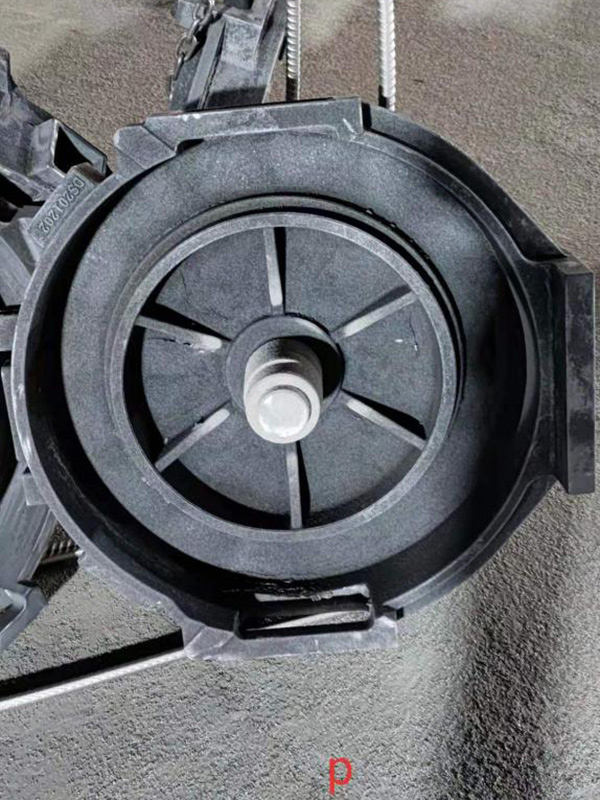Metal Sand Casting A Comprehensive Overview
Metal sand casting is one of the oldest and most commonly used methods in the foundry industry for producing metal parts. It involves the use of sand as the primary molding material to create a cavity that can be filled with molten metal. This process is favored for its versatility, cost-effectiveness, and ability to produce intricate shapes and large components.
The sand casting process begins with creating a pattern, which is a replica of the final product. Patterns are typically made from materials such as wood, metal, or plastic. Once the pattern is complete, it is pressed into a mixture of sand and a binding agent, which is often clay or a resin. The result is a mold that can withstand the heat of molten metal.
There are mainly two types of sand molds green sand molds and dry sand molds. Green sand is a mixture of sand, clay, and water, which allows for the mold to be flexible and easy to shape. It is typically used for small- to medium-sized castings due to its quick setting time and low cost. Dry sand molds, on the other hand, are cured in an oven, providing greater strength and stability, making them ideal for larger castings that require more intricate details and higher accuracy.
Once the mold is prepared, molten metal is poured into the cavity created within the sand mold. The choice of metal depends on the application and desired properties of the final product. Common materials used in metal sand casting include aluminum, iron, bronze, and magnesium. Each type of metal brings unique advantages, such as weight considerations, corrosion resistance, and mechanical properties that cater to different industries, including automotive, aerospace, and manufacturing.
metal sand casting

After the metal cools and solidifies, the sand mold is broken away to reveal the cast object. This process of removing the mold is often referred to as shakeout. Following shakeout, the cast product undergoes various finishing processes, including trimming excess material, grinding, and surface treatment, to achieve the desired specifications and surface finish.
Metal sand casting boasts numerous advantages, such as the ability to create complex shapes and structures that might be difficult to achieve with other manufacturing processes. Additionally, the technique is relatively low-cost and allows for the production of both small batches and large quantities of metal parts.
However, there are challenges associated with sand casting, including the potential for defects like sand inclusions, shrinkage cavities, and surface roughness. To mitigate these issues, foundries often employ advanced techniques and quality control measures, ensuring that the final product meets stringent industry standards.
In conclusion, metal sand casting remains a vital manufacturing process that combines tradition with modern technology. Its ability to produce detailed, high-quality metal components at an economical price makes it an essential technique in various industrial applications. As industries continue to evolve, so too does the sand casting process, adapting to meet the demands of an ever-changing market.
Post time:Ліст . 02, 2024 02:24
Next:3d printed sand
